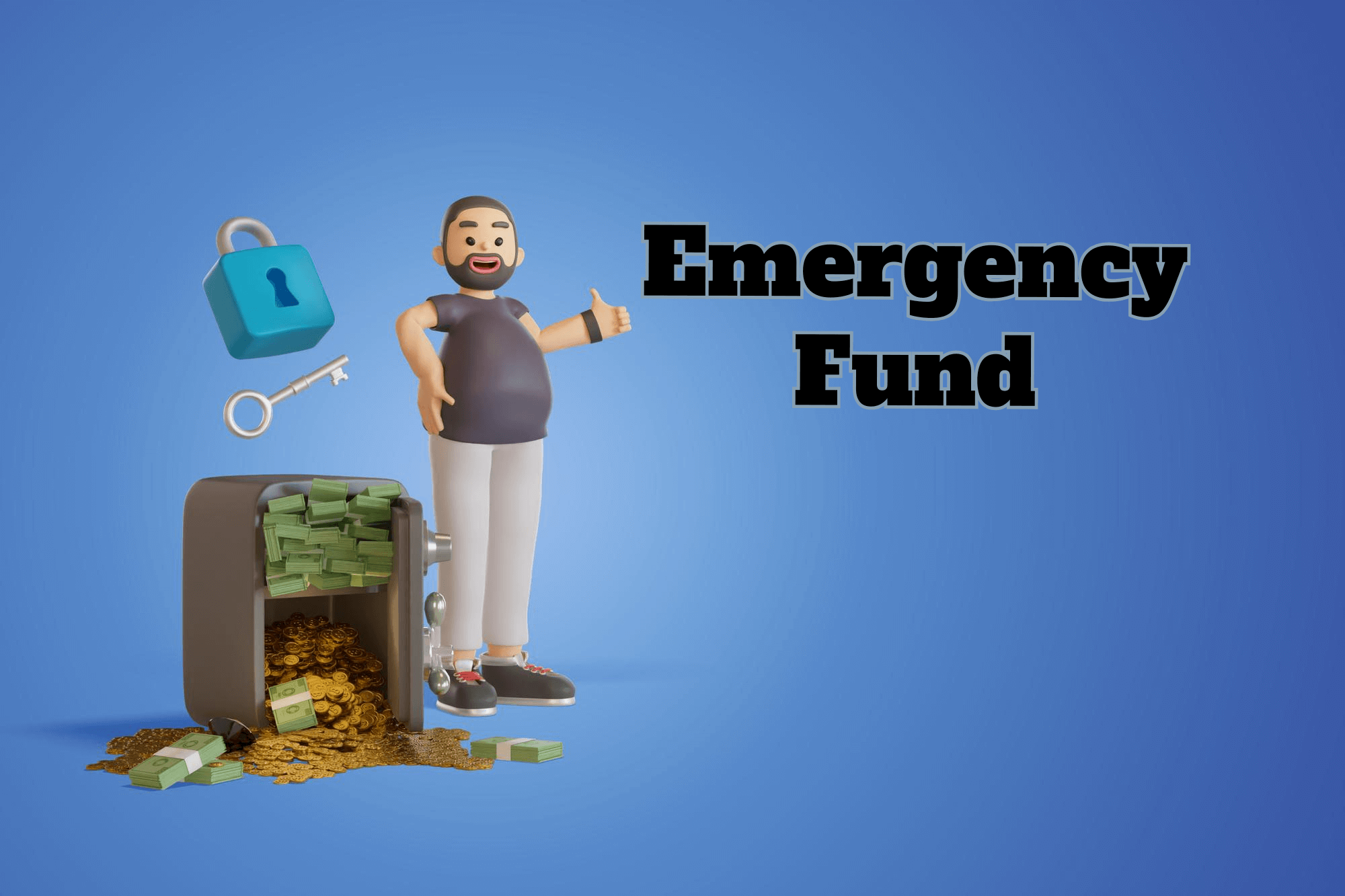I. Introduction
1. Definition of an Emergency Fund
An emergency fund, sometimes referred to as a “rainy-day fund” or “safety net,” is a dedicated savings account or pool of money set aside for unforeseen financial emergencies or unexpected expenses. This fund is designed to cover essential and immediate costs when unexpected situations arise, such as:
- Medical Emergencies: Sudden medical bills or health-related expenses that aren’t fully covered by insurance.
- Job Loss: In the event of sudden unemployment or a loss of income, an emergency fund can help cover living expenses until a new job is secured.
- Car or Home Repairs: Unexpected repairs to your vehicle or home that can’t be deferred.
- Legal Expenses: Costs associated with unforeseen legal issues, such as legal representation or court fees.
- Family Emergencies: Situations where you need to provide financial support to family members facing crises.
- Natural Disasters: Expenses related to damages caused by natural disasters, such as hurricanes, earthquakes, or floods.
- Major Appliance Replacement: Costs associated with replacing essential appliances like refrigerators or furnaces.
- Emergency Travel: Last-minute travel expenses due to family emergencies or unforeseen events.
2. The Unpredictable Nature of Forex Trading
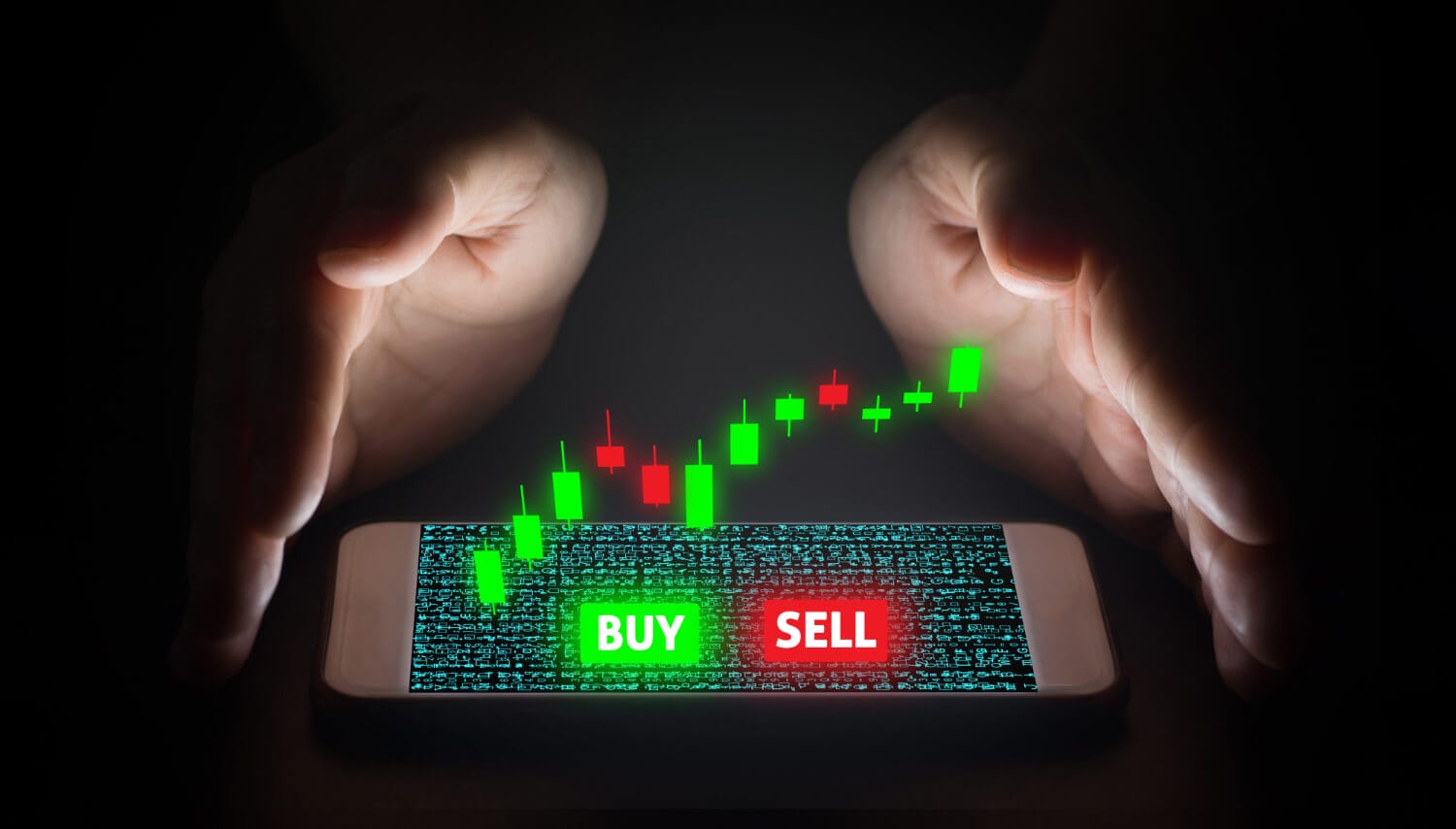
Forex trading is the process of buying and selling currencies with the aim of making a profit from the fluctuations in exchange rates. It is a highly dynamic and volatile financial market. Here are some characteristics of the forex market that highlight its unpredictability:
- High Volatility: Forex prices can change rapidly and significantly within short time frames due to various factors, such as economic data releases, geopolitical events, and market sentiment.
- 24-Hour Trading: The forex market operates 24 hours a day, five days a week, across different time zones, which means prices can be influenced by news and events occurring at any time.
- Global Factors: Forex is influenced by a multitude of global economic and political factors, making it susceptible to sudden and unexpected changes.
- Leverage: Traders often use leverage, which magnifies both profits and losses, making it crucial to manage risk effectively.
- Lack of Control: Traders have limited control over external events that can impact currency prices, such as central bank decisions or geopolitical conflicts.
3. Importance of Financial Security
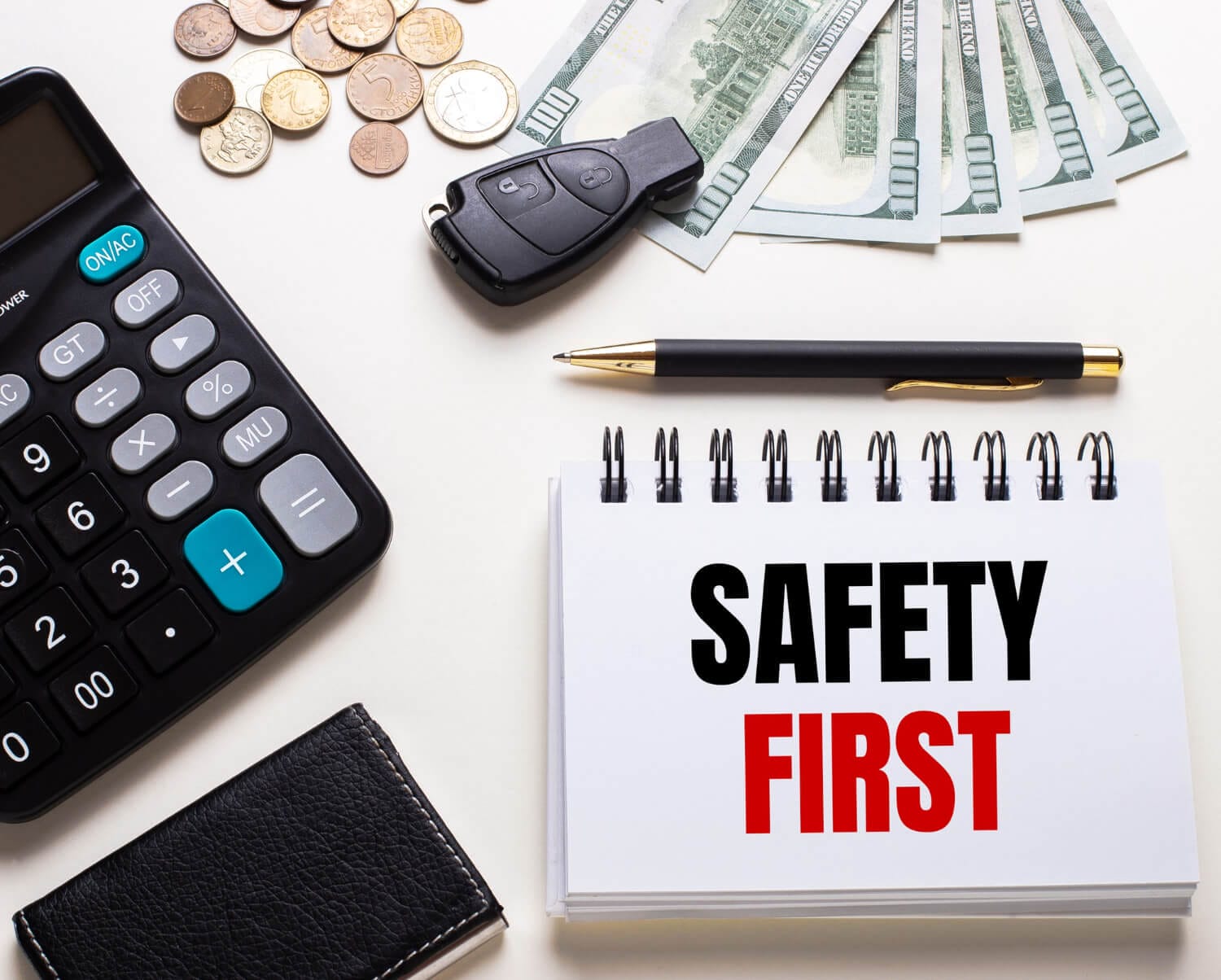
Financial security is a state of stability and confidence in your financial situation. It involves having the means to cover your basic needs, manage unexpected expenses, and work toward your financial goals. The importance of financial security for forex traders can be summarized as follows:
Stress Reduction: Financial security reduces stress and anxiety related to money matters, allowing traders to focus on making rational trading decisions.
Risk Mitigation: It serves as a risk mitigation strategy, safeguarding traders from unforeseen financial setbacks that could negatively impact their trading capital.
Trading Discipline: A sense of financial security can help traders maintain discipline, avoid impulsive decisions, and stick to their trading plans.
Long-Term Sustainability: Financial security contributes to a trader’s long-term sustainability in the forex market by providing a safety net during challenging times, reducing the risk of wiping out their trading account, and allowing them to weather market fluctuations more effectively.
In summary, the introduction section sets the stage by defining the concept of an emergency fund and highlighting the volatile and unpredictable nature of forex trading. It also underscores the significance of financial security and how an emergency fund plays a vital role in achieving it for forex traders.
II. Why Emergency Funds are Important for Forex Traders
1. Risk Management
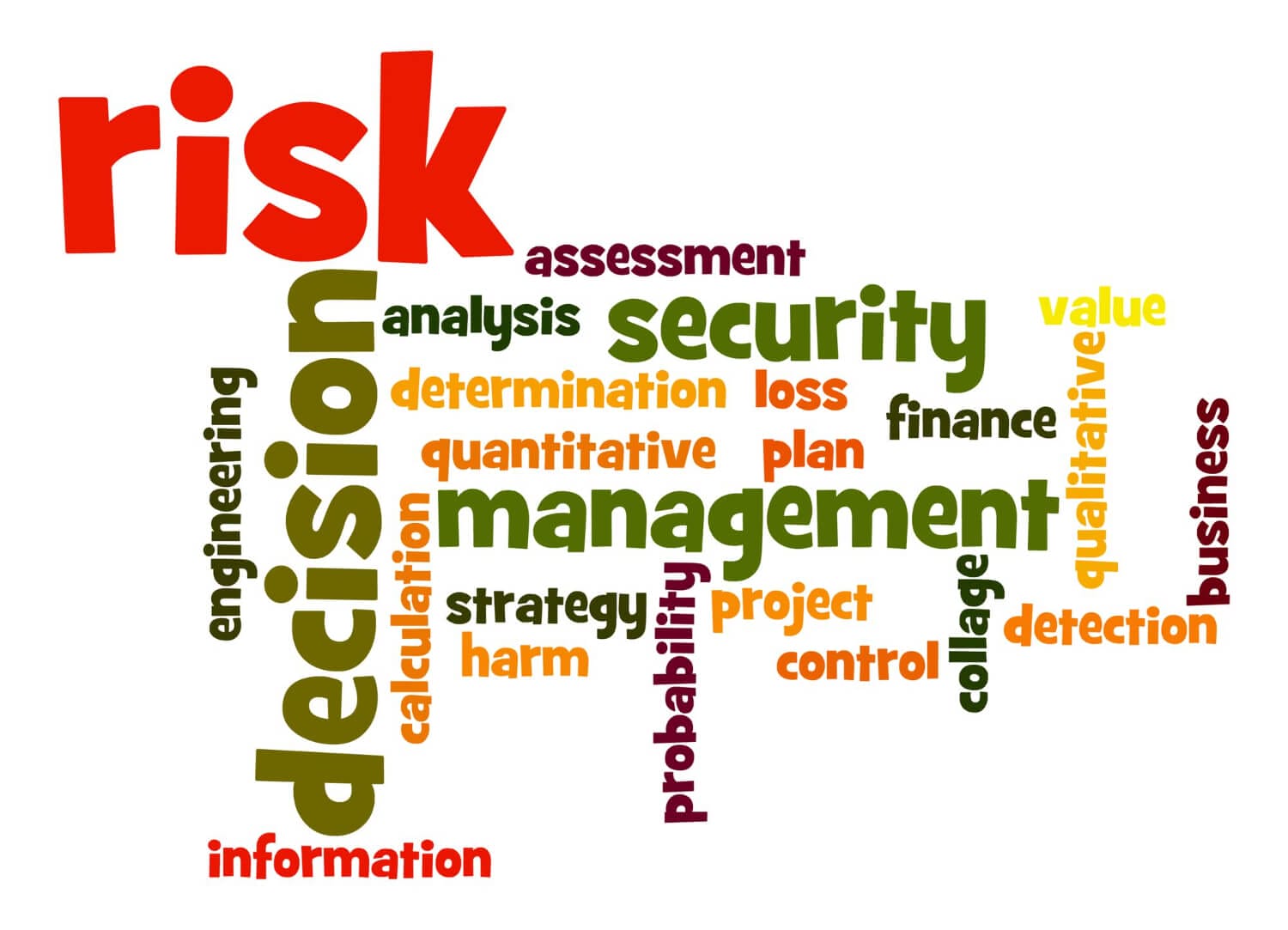
i. Forex Market Volatility
Forex Market Overview: The forex market is known for its high volatility, characterized by rapid and unpredictable price movements. Currency pairs can experience substantial fluctuations within short time frames, which can result in both significant gains and losses for traders.
Risk Exposure: Forex traders are exposed to market volatility every time they enter a trade. Without an emergency fund, these price swings can lead to substantial financial losses, especially if positions are leveraged.
ii. Unforeseen Losses
Inherent Risk: Trading involves inherent risks, and even the most skilled traders can incur losses due to unexpected events or market conditions.
Emergency Fund as a Safety Net: An emergency fund acts as a financial safety net, allowing traders to absorb unforeseen losses without compromising their overall financial well-being. It provides a buffer that can help prevent traders from depleting their trading capital entirely.
iii. Margin Calls
Leverage and Margin: Forex traders often use leverage to amplify their trading positions. While leverage can magnify profits, it also increases the risk of substantial losses.
Margin Calls: When trades move against traders and losses exceed their account balance, brokers issue margin calls, requiring traders to deposit additional funds. Without an emergency fund, traders may struggle to meet margin calls, potentially leading to forced position closures at unfavorable prices.
2. Emotional Stability

i. Reducing Stress and Anxiety
Financial Stress: Financial stress is common among forex traders, especially during periods of market turbulence or after experiencing losses.
Psychological Impact: An adequately funded emergency fund reduces financial stress and anxiety, enabling traders to approach their trading activities with a clearer and calmer mindset. It allows them to focus on making rational decisions rather than being driven by fear or panic.
ii. Maintaining Trading Discipline
Discipline Challenges: Emotional responses to trading losses can lead to impulsive and undisciplined decisions, such as revenge trading or increasing position sizes to recover losses quickly.
Emergency Fund as a Buffer: An emergency fund serves as a psychological buffer, helping traders adhere to their trading plans and maintain discipline. Knowing they have a financial cushion can prevent them from making hasty and emotionally-driven trading choices.
iii. Avoiding Impulsive Decisions
Impulsive Trading: Impulsive trading decisions, often driven by fear or greed, can lead to substantial losses and jeopardize a trader’s long-term success.
Patience and Rationality: An emergency fund provides traders with the patience to wait for favorable trading opportunities and make well-considered decisions. It reduces the need to take excessive risks in an attempt to recover quickly from losses.
3. Opportunity Capitalization

i. Seizing Profitable Opportunities
Market Opportunities: The forex market presents numerous opportunities for profit, often in the form of favorable price movements or trends.
Availability of Capital: With an adequately funded emergency fund, traders are better positioned to seize these profitable opportunities when they arise. They can allocate capital to capitalize on potential high-reward trades without depleting their safety net.
ii. Avoiding Forced Liquidation
Forced Liquidation Risks: Without an emergency fund, traders may be forced to liquidate positions prematurely to cover urgent financial needs, such as living expenses or unexpected bills.
Preserving Positions: An emergency fund helps traders avoid forced liquidations, allowing them to retain their positions even during adverse market conditions. This preservation of positions can lead to better long-term profitability.
iii. Long-Term Sustainability
Sustainability Goals: Successful forex trading often requires a long-term perspective and a commitment to continuous improvement.
Role of Emergency Fund: An emergency fund contributes to a trader’s long-term sustainability by providing stability and protection against financial setbacks. It allows traders to weather market fluctuations, maintain their trading career, and work toward their financial goals over time.
In summary, the second section highlights the importance of emergency funds for forex traders by focusing on risk management, emotional stability, and the ability to capitalize on trading opportunities. It explains how an emergency fund acts as a critical tool to manage the inherent risks of forex trading, maintain psychological well-being, and support long-term success in the dynamic forex market.
III. Determining the Optimal Size of an Emergency Fund
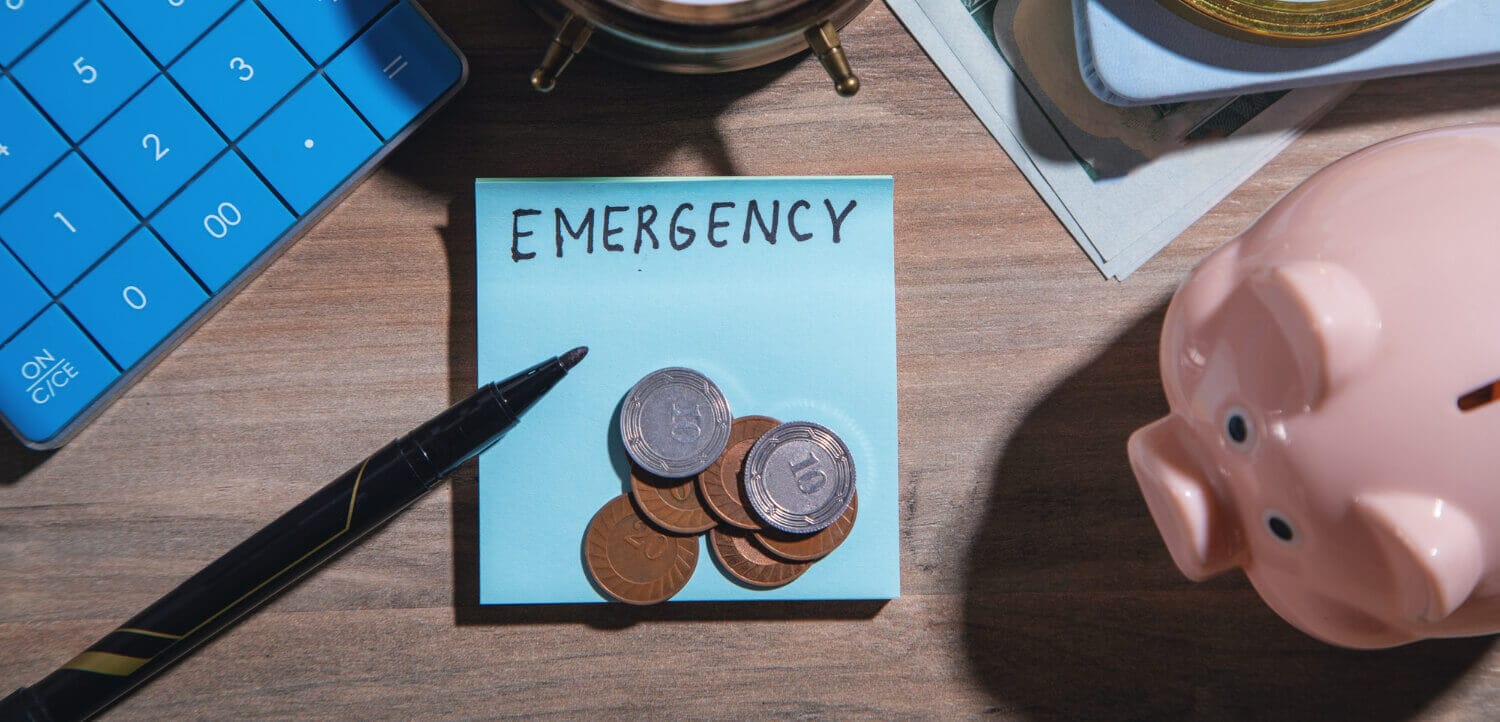
1. Monthly Expenses
i. Analyzing Personal Budget
Budget Assessment: To determine the optimal size of your emergency fund, it’s crucial to start by analyzing your personal budget. This involves tracking your income and expenses to understand your financial situation thoroughly.
Review Expenses: Examine your spending patterns and identify all your regular and recurring expenses, including essential items like rent or mortgage payments, utilities, groceries, insurance premiums, and transportation costs.
ii. Accounting for Fixed and Variable Costs
Differentiating Expenses: Categorize your expenses into fixed and variable costs. Fixed costs remain relatively constant each month (e.g., rent or mortgage), while variable costs can fluctuate (e.g., entertainment or dining out).
Emergency Fund Coverage: Your emergency fund should be sufficient to cover both fixed and variable expenses during times of financial need. This ensures you have a comprehensive safety net.
iii. Inclusion of Trading Expenses
Consider Trading Costs: For forex traders, it’s essential to include trading-related expenses in your monthly budget calculations. This may encompass costs associated with trading platforms, data subscriptions, internet access, and any other fees or commissions.
Ensure Comprehensive Coverage: Factoring in these trading expenses helps ensure that your emergency fund can also cover unforeseen trading-related costs that may arise.
2. Risk Tolerance
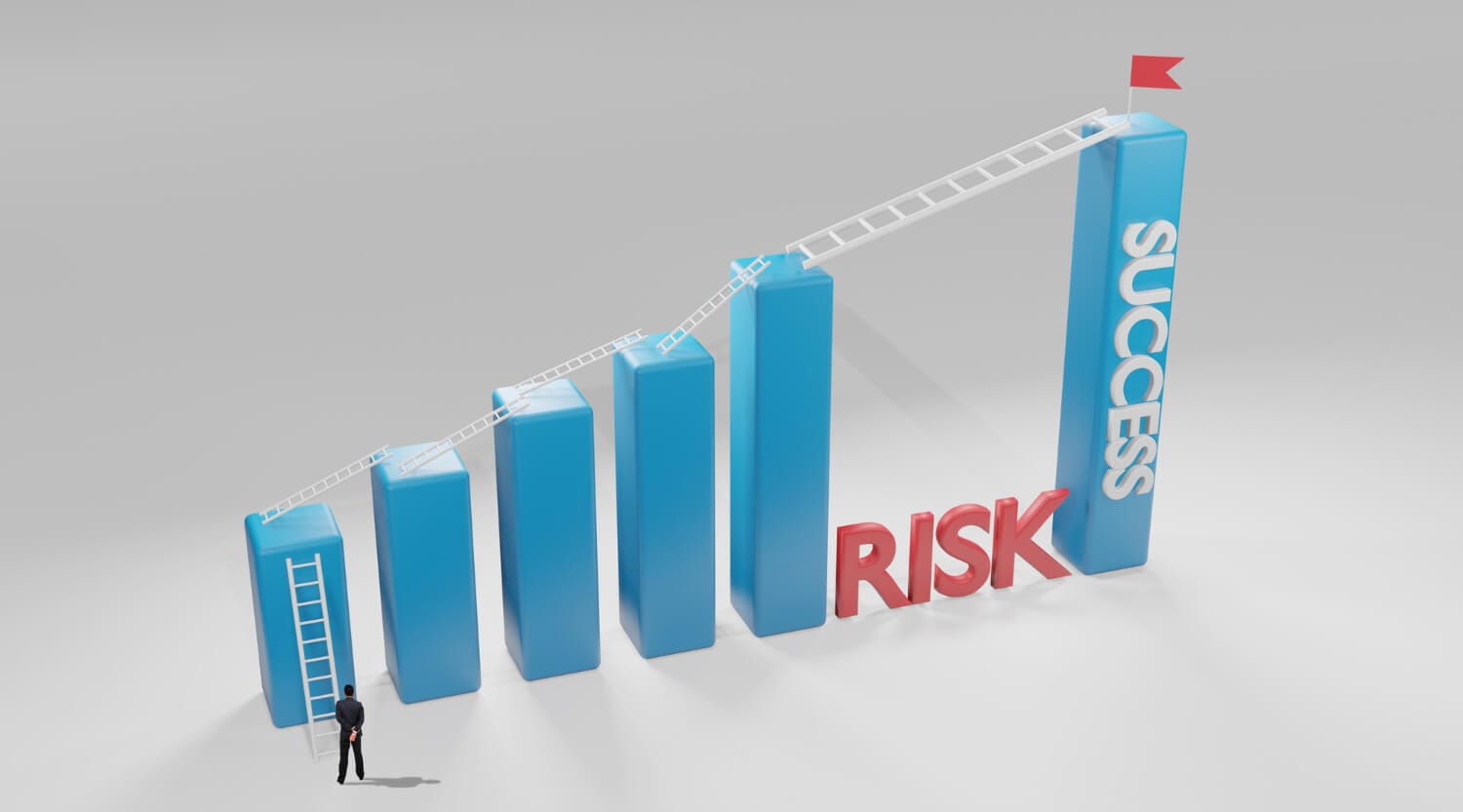
i. Personal Risk Profile
Assess Risk Tolerance: Understanding your personal risk tolerance is a critical step in determining the size of your emergency fund. Risk tolerance refers to your ability and willingness to withstand financial losses or volatility.
Individual Variations: Risk tolerance varies from person to person and is influenced by factors such as financial goals, age, income, investment objectives, and psychological disposition.
ii. Trading Strategy
Align with Strategy: Your choice of trading strategy plays a role in assessing risk tolerance. Different trading strategies have varying levels of risk. For instance, day traders often face higher short-term risks, while long-term investors may have a more extended time horizon.
Emergency Fund Compatibility: Ensure that your emergency fund size aligns with your trading strategy’s risk profile. Riskier strategies may necessitate larger emergency funds.
iii. Market Conditions
Consider Market Volatility: Market conditions can fluctuate, affecting the overall risk environment. During periods of high volatility or economic uncertainty, there may be an increased risk of sudden and significant market moves.
Adjust Fund Size Accordingly: It’s advisable to periodically reassess your emergency fund size in response to changing market conditions to ensure it remains adequate for potential risks.
3. Trading Capital
i. Percentage of Trading Capital
Common Guideline: A common guideline is to maintain an emergency fund equivalent to 3 to 6 months’ worth of living expenses. However, this may not be suitable for all traders.
Consider Trading Capital: A more personalized approach is to calculate the emergency fund as a percentage of your total trading capital. For instance, some traders allocate 5% to 10% of their trading capital to their emergency fund.
ii. Maintaining Adequate Leverage
Leverage Awareness: Forex traders should be mindful of the leverage they use in their trades. Excessive leverage can amplify losses and increase the likelihood of margin calls.
Balance Risk: By maintaining an adequate emergency fund, traders can mitigate the need for high leverage, promoting a healthier risk-reward balance in their trading activities.
iii. Balancing Risk and Reward
Risk-Reward Considerations: Striking a balance between risk and reward is essential in trading. Traders should assess how much risk they are willing to assume with their emergency fund compared to their trading capital.
Evaluate Regularly: Regular evaluation and adjustment of the emergency fund’s size based on trading performance and risk assessment help maintain a harmonious balance.
In summary, the third section provides a comprehensive guide to determining the optimal size of an emergency fund for forex traders. It emphasizes the importance of analyzing your monthly expenses, considering your risk tolerance, and aligning the fund size with your trading capital and strategy. Tailoring your emergency fund to your specific financial situation and trading approach ensures that you have a sufficient safety net to address unforeseen challenges in the forex market.
IV. Building an Emergency Fund

1. Setting Financial Goals
i. Short-Term and Long-Term Objectives
Goal Definition: Building an emergency fund begins with setting clear financial objectives. These objectives can be categorized into short-term and long-term goals.
Short-Term Goals: Short-term goals may include accumulating a certain amount within the next few months to cover immediate financial emergencies.
Long-Term Goals: Long-term goals involve building a more substantial emergency fund that can provide financial security over an extended period.
ii. Defining Emergency Situations
Emergency Criteria: Clearly define what constitutes a financial emergency for your specific circumstances. This definition ensures that you only tap into the fund when necessary.
Examples: Emergency situations may include unexpected medical expenses, job loss, car repairs, or any situation where covering essential expenses becomes challenging.
iii. Measuring Progress
Monitoring Progress: Regularly track your progress toward achieving your emergency fund goals. This can be done by reviewing your savings contributions and comparing them to your established targets.
Adjust as Needed: If you’re falling behind on your savings goals, consider adjusting your budget or finding additional income sources to stay on track.
2. Creating a Budget
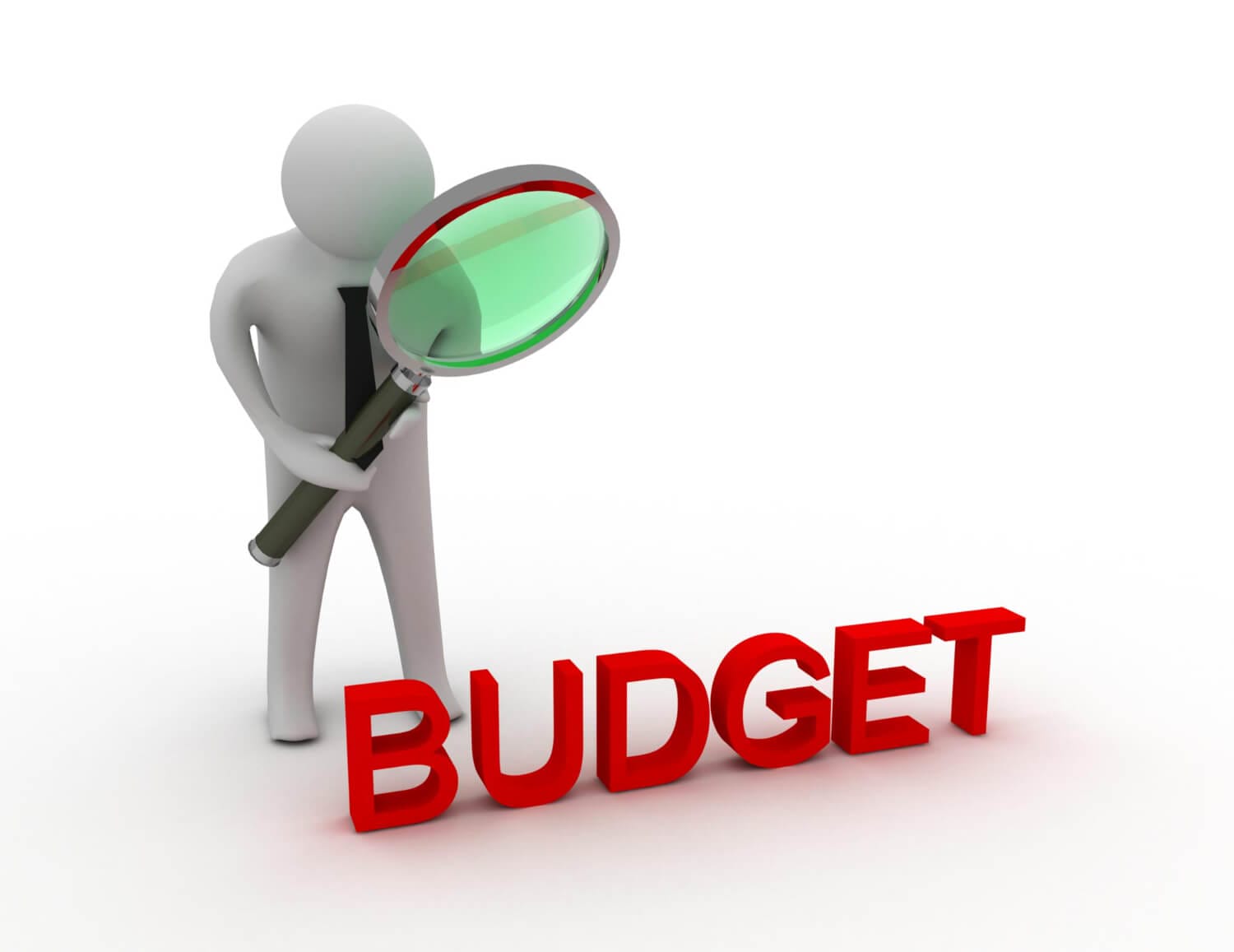
i. Tracking Income and Expenses
Financial Tracking: To build an emergency fund effectively, it’s crucial to track your income and expenses meticulously. This process provides a clear picture of your financial situation.
Budgeting Tools: Utilize budgeting tools, spreadsheets, or financial apps to help monitor your cash flow and identify areas where you can cut unnecessary spending.
ii. Reducing Non-Essential Spending
Discretionary Expenses: Evaluate your discretionary spending, which includes non-essential items like entertainment, dining out, and luxury purchases.
Expense Trimming: Make an effort to cut back on discretionary spending to free up more funds that can be directed toward your emergency fund.
iii. Allocating Savings
Prioritize Savings: Make savings a priority in your budgeting process. Allocate a specific portion of your income toward building and maintaining your emergency fund.
Pay Yourself First: Treat your emergency fund contributions as non-negotiable, and pay yourself first before allocating money to other spending categories.
3. Automated Saving

i. Establishing Automatic Transfers
Automation Benefits: Consider setting up automatic transfers from your primary checking account to your dedicated emergency fund account. Automation ensures consistent contributions without requiring manual effort.
Consistency: Consistency in saving is essential for steadily growing your emergency fund over time.
ii. Paying Yourself First
Prioritizing Savings: The concept of “paying yourself first” means allocating a portion of your income to savings before covering other expenses.
Financial Discipline: This approach encourages financial discipline by ensuring that you prioritize saving over discretionary spending.
iii. Dollar-Cost Averaging
Regular Contributions: Dollar-cost averaging involves making regular contributions to your emergency fund regardless of market conditions.
Avoiding Market Timing: By avoiding the temptation to time the market, dollar-cost averaging can help you maintain a disciplined savings strategy.
In summary, the fourth section outlines a systematic approach to building an emergency fund for forex traders. It emphasizes setting clear financial goals, defining emergency situations, monitoring progress, creating a budget, reducing non-essential spending, and implementing automated saving techniques. Following these steps can help traders establish and grow their emergency fund efficiently, providing financial security and peace of mind in the forex market.
V. Where to Keep Your Emergency Fund
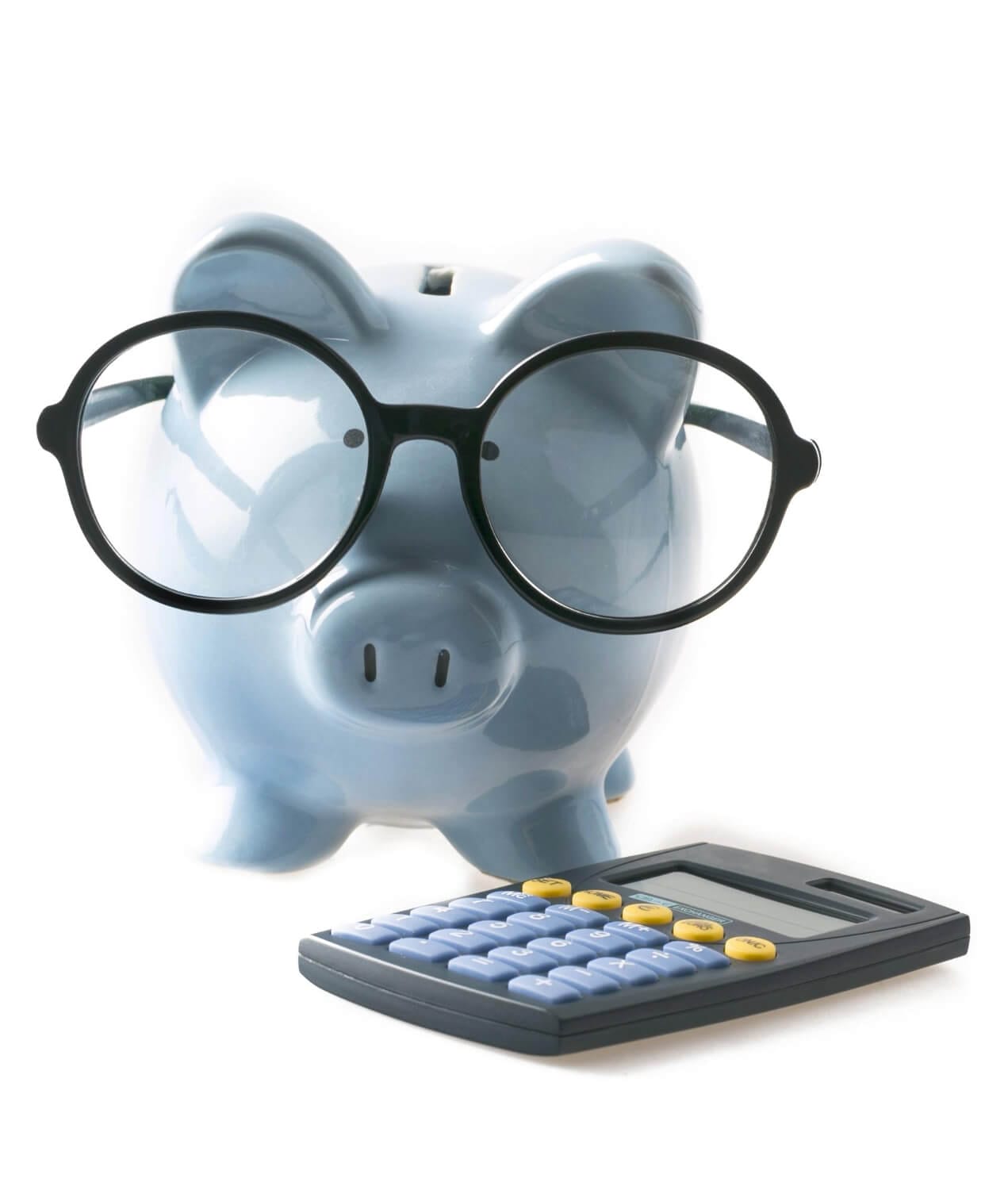
1. Liquidity and Accessibility
i. Savings Account
Liquidity: A savings account is a highly liquid option for storing your emergency fund. Funds in a savings account can be accessed quickly and easily whenever needed.
Accessibility: Most savings accounts come with debit cards or online access, allowing you to withdraw funds promptly in case of an emergency.
Interest Rates: While savings accounts typically offer lower interest rates compared to some other options, they provide the advantage of liquidity.
ii. Money Market Account
Higher Interest: Money market accounts often offer slightly higher interest rates compared to standard savings accounts, making them a competitive option.
Liquidity: They maintain a level of liquidity similar to regular savings accounts, allowing for easy access to funds.
Checks and Debit Cards: Money market accounts may come with check-writing privileges and debit cards, adding to their accessibility.
iii. Short-Term CDs (Certificates of Deposit)
Higher Returns: Short-term certificates of deposit (CDs) tend to offer better interest rates than regular savings or money market accounts.
Less Liquidity: CDs have a fixed term, meaning your money is locked up for a specified period. However, short-term CDs typically have shorter maturities.
Penalties for Early Withdrawal: If you need to access funds from a CD before it matures, you may incur penalties.
2. Safety and Security
![]()
i. FDIC and NCUA Insurance
Federal Insurance: Ensure that the financial institution where you hold your emergency fund is insured by either the Federal Deposit Insurance Corporation (FDIC) or the National Credit Union Administration (NCUA).
Protection Limits: FDIC and NCUA insurance provide protection for your deposited funds, up to certain limits. This insurance helps safeguard your money against the risk of bank or credit union failure.
ii. Avoiding High-Risk Investments
Capital Preservation: The primary goal of an emergency fund is capital preservation. As such, it’s essential to avoid high-risk investments, such as stocks or volatile assets, for this purpose.
Risk Mitigation: By keeping your emergency fund in low-risk, insured accounts, you minimize the chances of losing principal, which is critical for covering unexpected expenses.
iii. Diversifying Cash Holdings
Multiple Accounts: Consider spreading your emergency fund across multiple accounts at different financial institutions. Doing so can maximize FDIC or NCUA insurance coverage.
Balanced Approach: Diversifying your cash holdings provides added protection while maintaining liquidity and accessibility.
3. Inflation Considerations
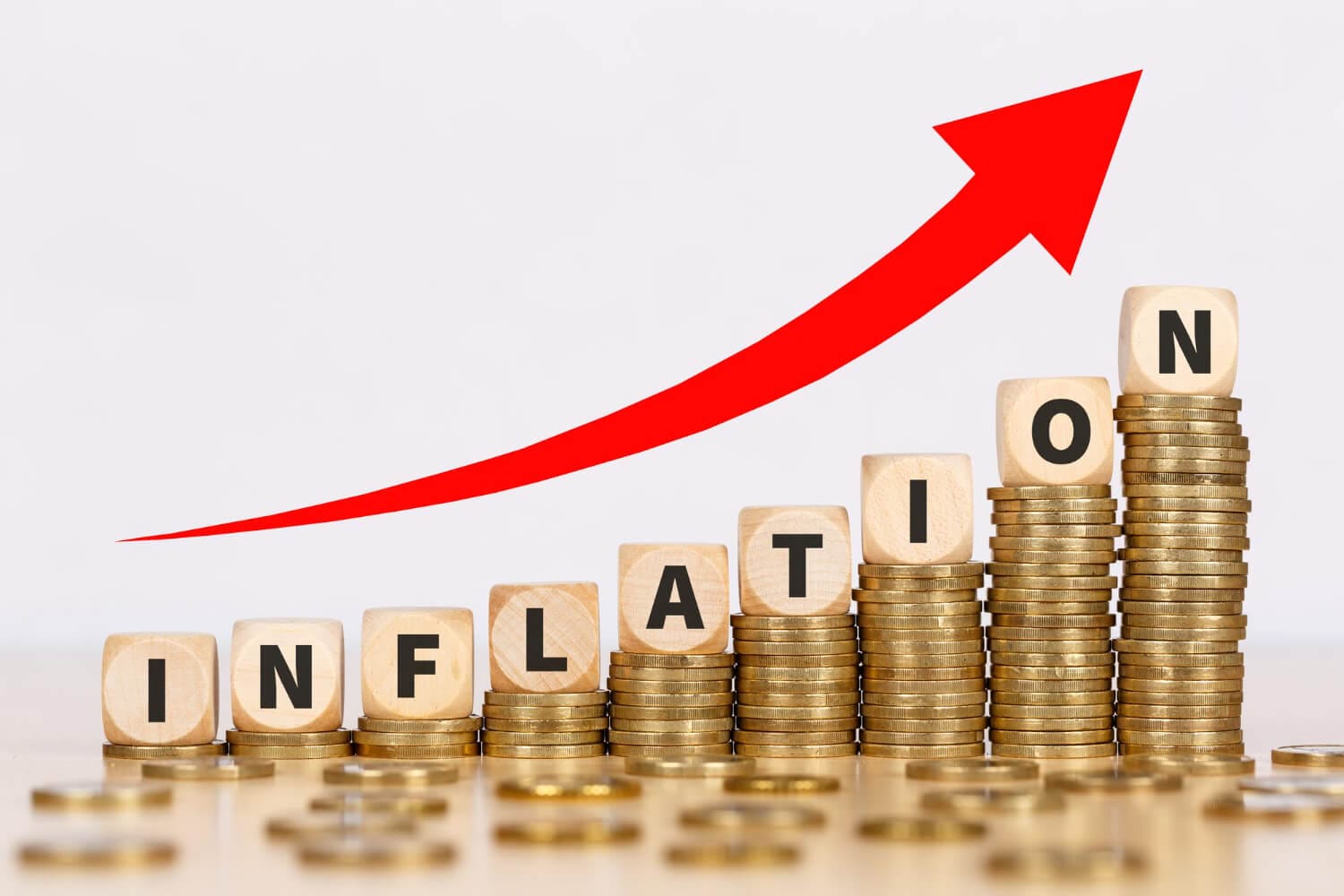
i. Impact on Purchasing Power
Inflation Erosion: Inflation erodes the purchasing power of money over time. The value of a dollar today may not be the same as its value in the future due to rising prices.
Balancing Liquidity and Returns: While it’s crucial to maintain liquidity for your emergency fund, it’s also essential to balance this with the need for returns that at least keep pace with inflation.
ii. Balancing Liquidity and Returns
High-Yield Savings Accounts: Consider utilizing high-yield savings accounts or money market accounts that offer better interest rates than traditional savings accounts.
Short-Term Investments: If you have a more extended time horizon, you may explore short-term, low-risk investments that provide competitive returns while maintaining liquidity.
iii. Reinvesting Excess Funds
Managing Surplus: If your emergency fund grows significantly and exceeds your needs, you may consider reinvesting excess funds in other low-risk, short-term investments.
Balancing Act: This approach allows you to combat the long-term effects of inflation while preserving the core of your emergency fund.
In summary, the fifth section provides guidance on where to keep your emergency fund for optimal safety, accessibility, and potential returns. It underscores the importance of liquidity and accessibility in case of emergencies, highlights the protection provided by FDIC and NCUA insurance, and emphasizes the need to balance the effects of inflation with maintaining a liquid and secure emergency fund.
VI. Managing Your Emergency Fund

1. Periodic Reviews
i. Monitoring Financial Goals
Regular Assessments: It’s important to periodically review your financial goals and assess your progress in building and maintaining your emergency fund.
Adjusting Goals: If your financial situation or objectives change, you may need to adjust your emergency fund goals accordingly. For instance, a change in income or expenses might require a reassessment.
ii. Adjusting for Changes in Expenses
Expense Updates: Life circumstances can change, affecting your monthly expenses. In such cases, it’s essential to update your emergency fund to reflect these changes.
Matching Current Needs: Your emergency fund should align with your current financial needs to ensure it remains relevant and sufficient.
iii. Reevaluating Risk Tolerance
Changing Risk Tolerance: Your risk tolerance may evolve over time due to various factors, including changes in your financial situation, trading experience, or market conditions.
Matching Fund Size: Reevaluate your emergency fund size in light of your updated risk tolerance to ensure it remains in harmony with your overall financial strategy.
2. Only for Emergencies
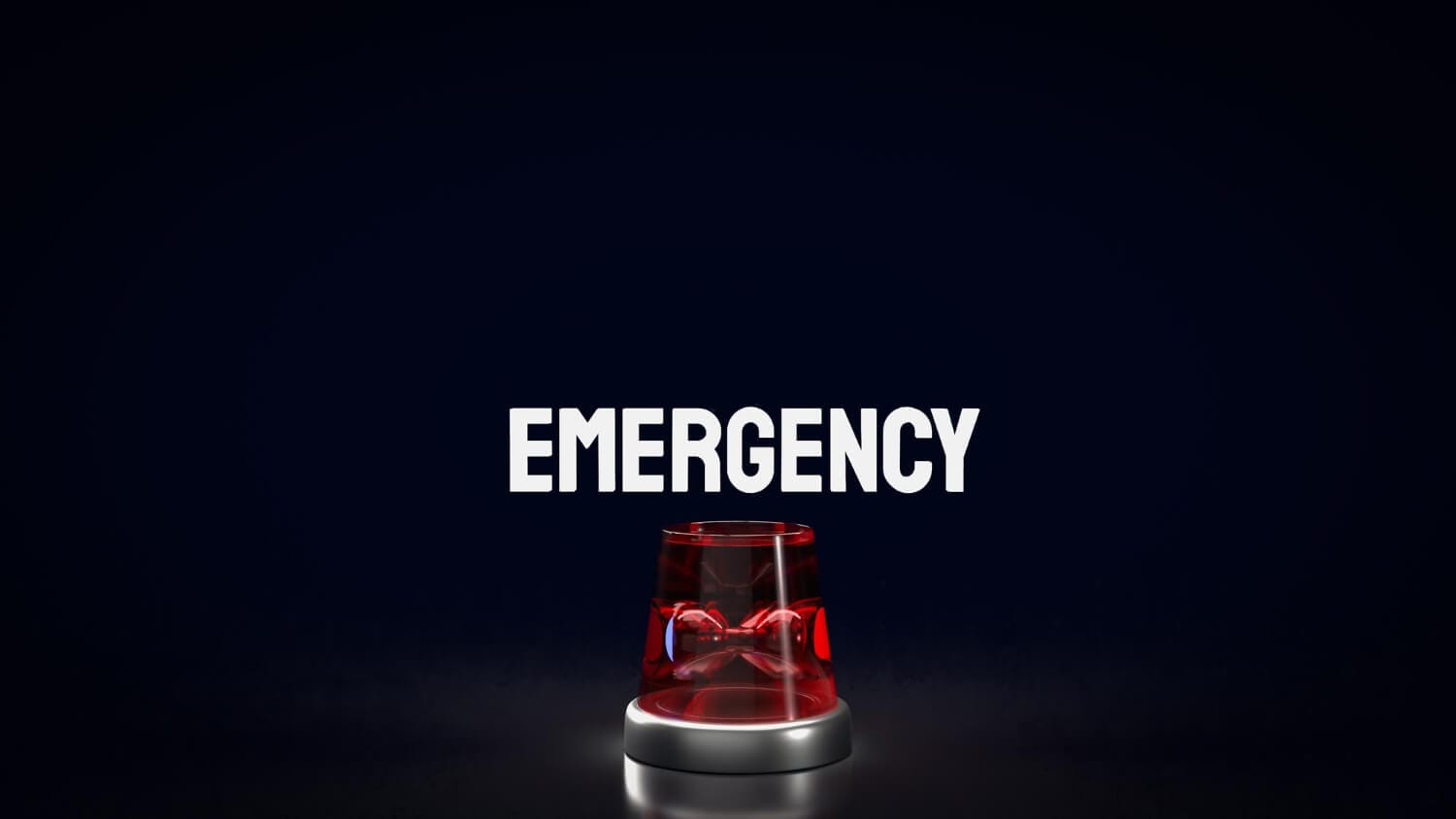
i. Defining Emergency Situations
Clear Criteria: Reiterate and reinforce the criteria that define what constitutes a genuine financial emergency. Ensure that everyone involved understands the purpose and boundaries of the emergency fund.
Avoid Misuse: The clarity of these criteria helps prevent the misuse of the emergency fund for non-urgent or discretionary expenses.
ii. Avoiding Temptations
Discipline and Self-Control: Discipline is key to the effective management of your emergency fund. Resist the temptation to dip into the fund for purposes other than true emergencies.
Financial Integrity: Maintaining financial integrity by using the fund only for its intended purpose preserves its effectiveness.
iii. Keeping the Fund Intact
Replenishing after Use: If you must use your emergency fund for a legitimate emergency, make it a priority to replenish the fund promptly.
Continued Protection: Keeping the fund intact ensures that it remains a reliable financial safety net for future unforeseen events.
3. Replenishing the Fund
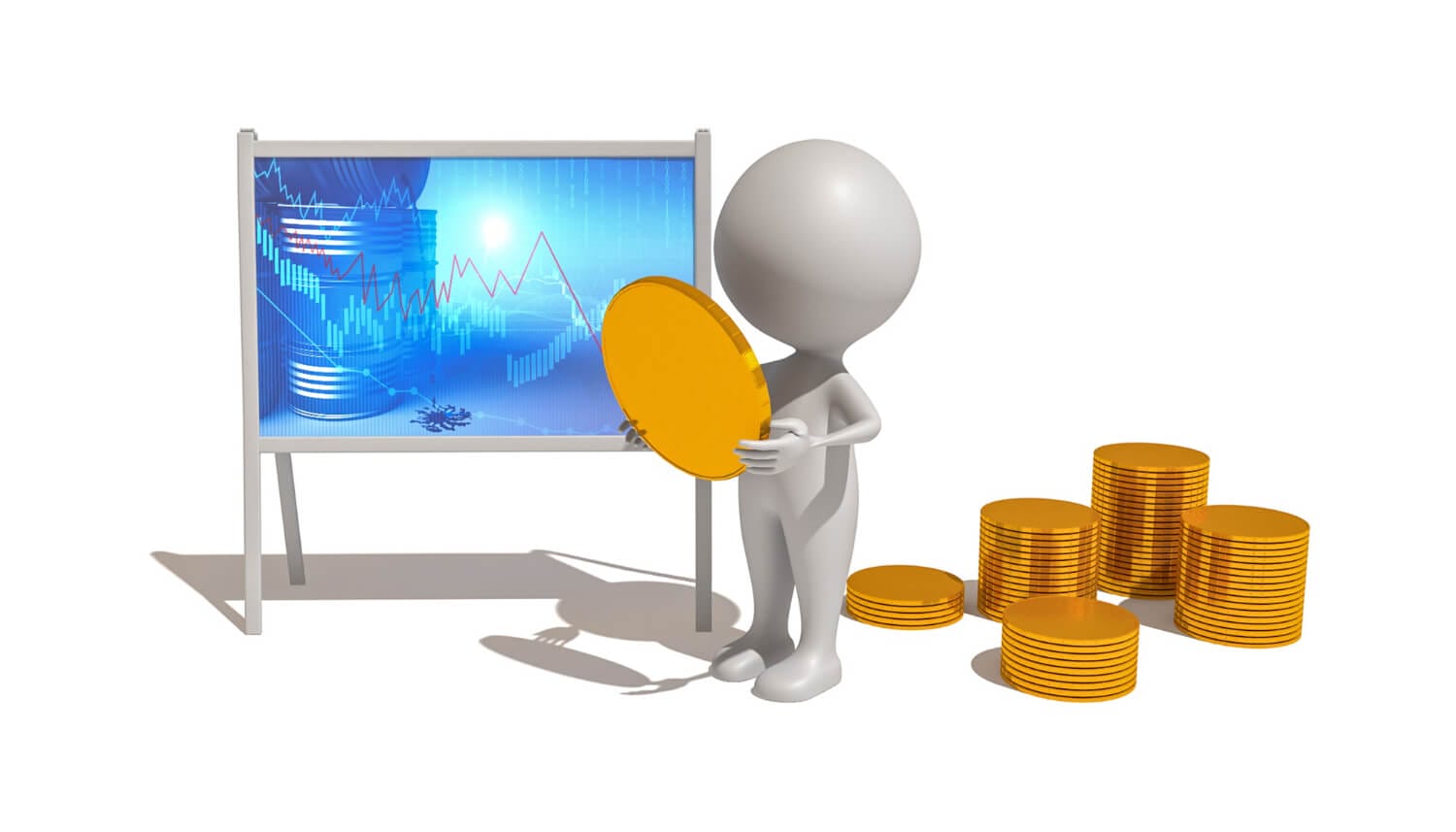
i. Post-Emergency Rebuild
Rebuilding Strategy: After using your emergency fund, establish a strategy for rebuilding it. Determine how much you need to contribute regularly to restore the fund to its target balance.
Priority: Making replenishment a priority demonstrates your commitment to maintaining your financial safety net.
ii. Additional Income Sources
Supplementary Income: Explore opportunities to generate additional income, such as taking on part-time work, freelancing, or other side gigs.
Directing Windfalls: Windfalls, such as tax refunds or unexpected bonuses, can be allocated toward replenishing the emergency fund rather than spending on non-essential items.
iii. Windfalls and Bonuses
Prudent Use: Windfalls and bonuses present opportunities to make significant contributions to your emergency fund.
Balancing Goals: Consider striking a balance between allocating a portion of windfalls to your emergency fund while also directing some toward other financial goals.
In summary, the sixth section emphasizes the importance of actively managing your emergency fund. It stresses the need for periodic reviews to ensure your fund aligns with your evolving financial situation and risk tolerance. Additionally, it underscores the fund’s exclusive use for genuine emergencies, strategies to avoid misuse, and the importance of promptly replenishing the fund after withdrawals. Proper management ensures that your emergency fund remains a reliable financial safety net over the long term.
VII. Conclusion

i. Recap of Key Points
Summarizing the Guide: In the conclusion section, we recap the key points and takeaways discussed throughout the guide. This serves as a concise reminder of the essential concepts and steps outlined in the guide.
ii. The Role of Emergency Funds in Forex Trading Success
Highlighting Importance: This part of the conclusion underscores the critical role that emergency funds play in the success of forex traders. It emphasizes how having an emergency fund contributes to financial security, stability, and overall trading success.
iii. Achieving Financial Security and Peace of Mind
Broader Benefits: Beyond trading, this section discusses the broader benefits of maintaining an emergency fund. It touches on the sense of financial security and peace of mind that comes from having a financial safety net in place.
In summary, the conclusion section serves as a wrap-up for the guide, summarizing the main points discussed and reiterating the importance of emergency funds for forex traders. It emphasizes how these funds contribute to financial security, stability, and success in forex trading, ultimately providing traders with the peace of mind needed to navigate the challenges of the forex market effectively.
Don’t trade all the time, trade forex only at the confirmed trade setups.
Get more confirmed trade setups here: forexgdp.com/buy/

